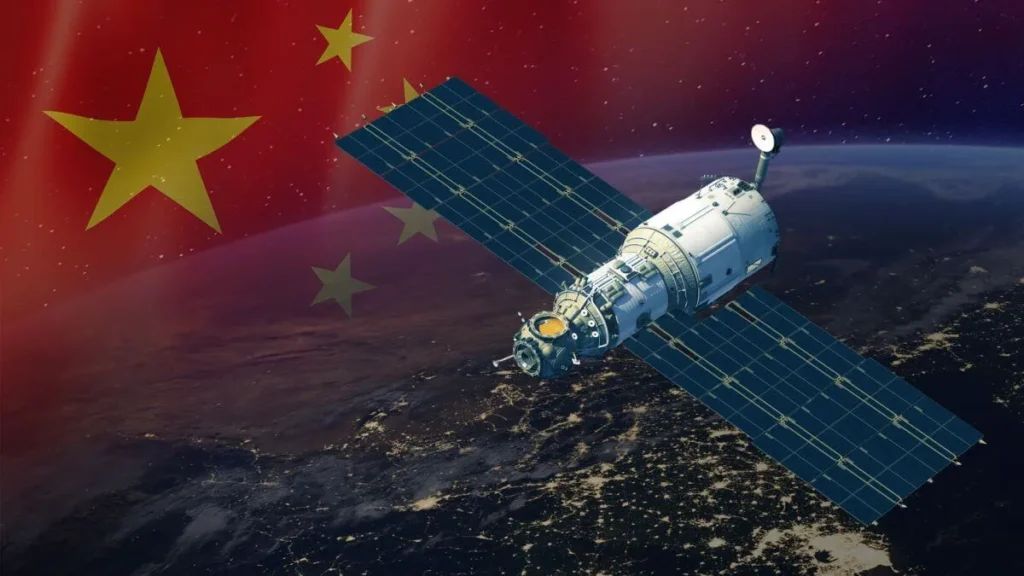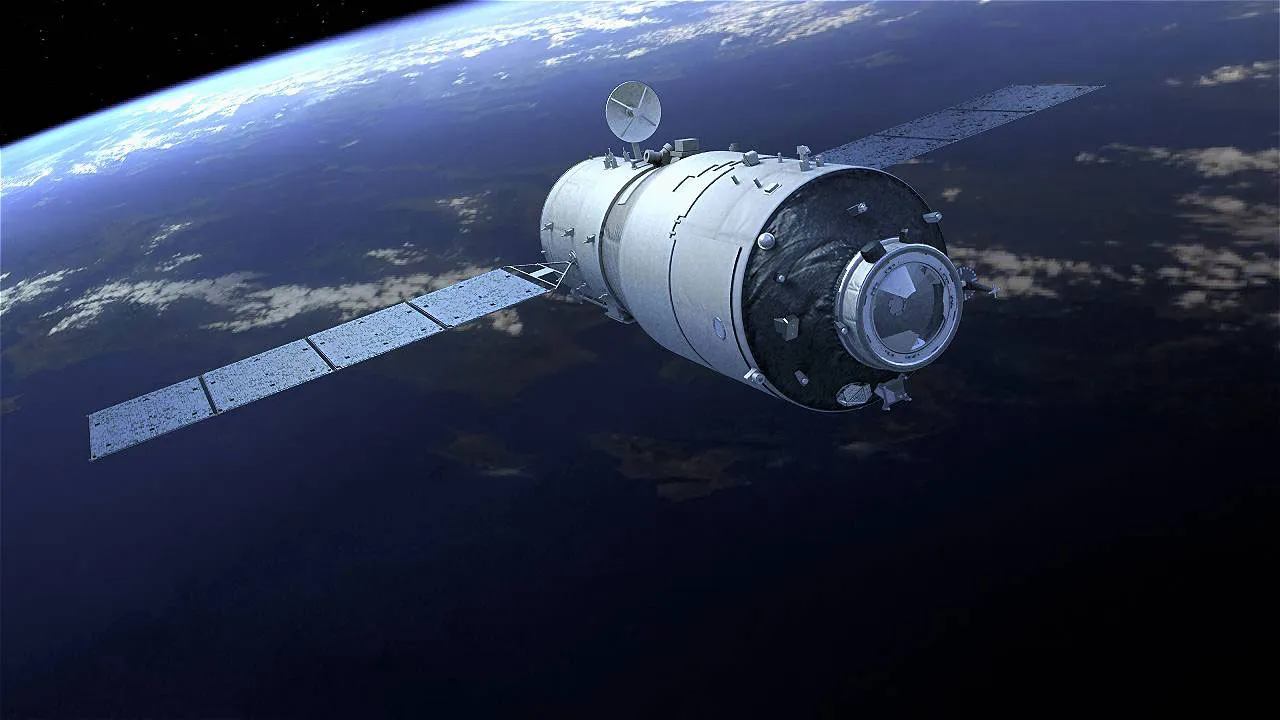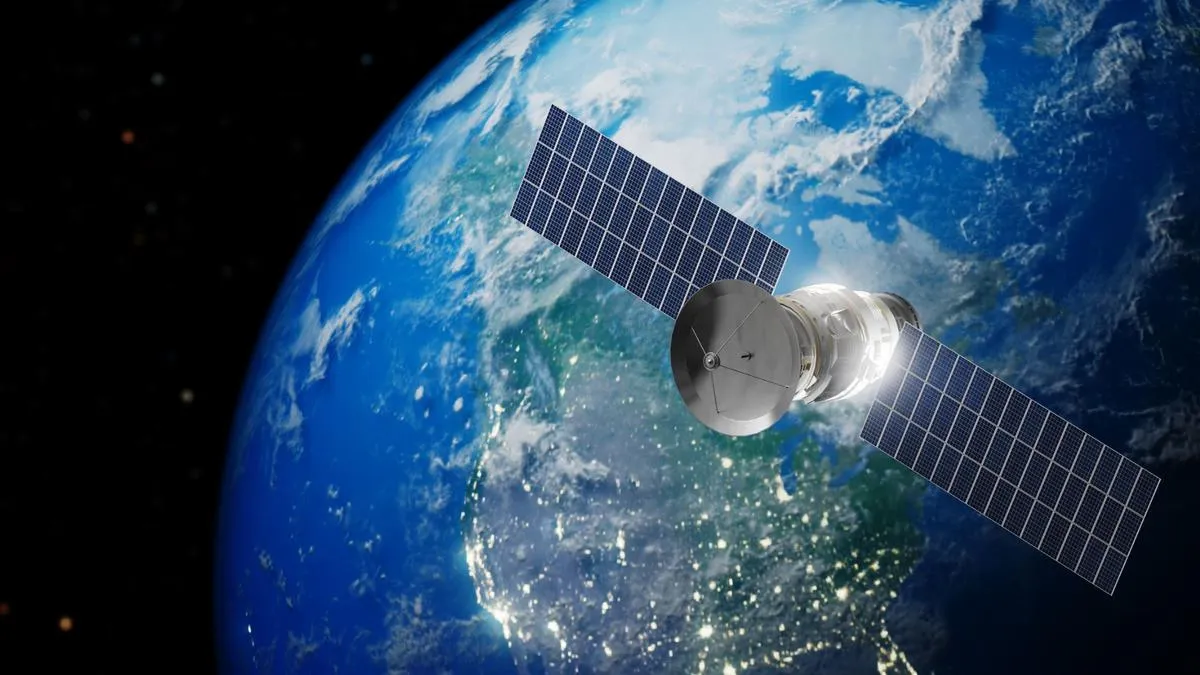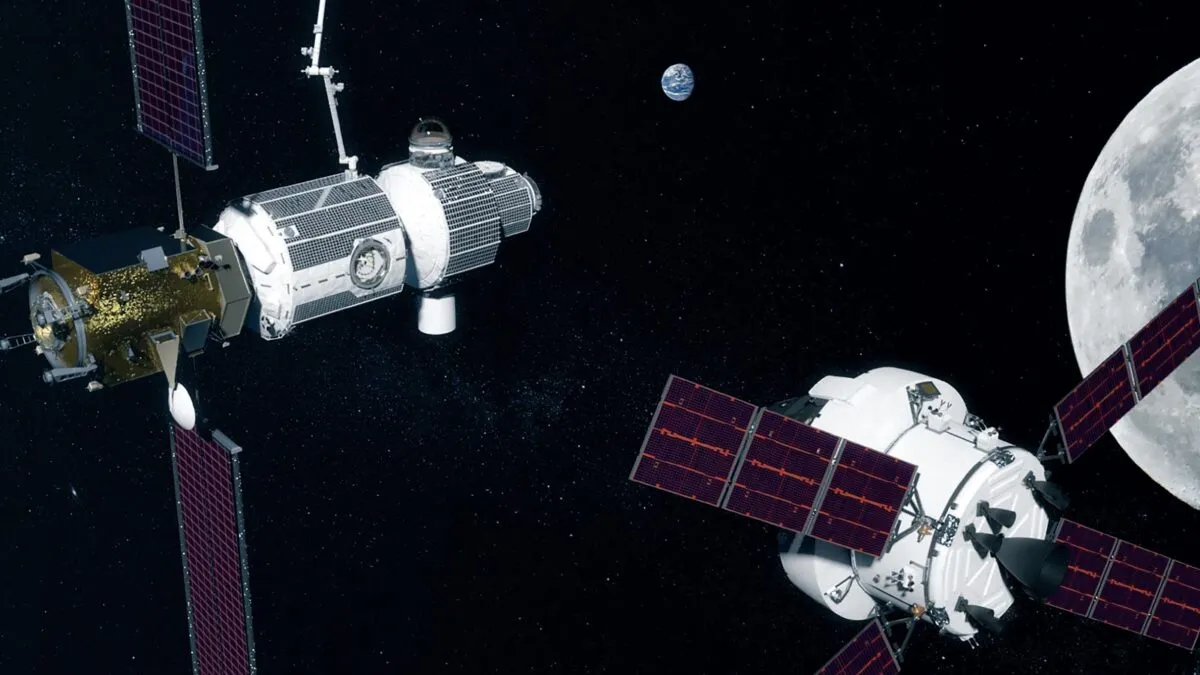
The realm of space exploration has reached a pivotal milestone with China’s Tiangong space station at the forefront. In a series of groundbreaking experiments, astronauts aboard Tiangong have successfully simulated the natural photosynthesis process, achieving a significant advancement—producing vital oxygen and essential ingredients for rocket fuel.

A Leap Toward Sustainable Space Exploration
At the core of these experiments is the world’s first in-orbit demonstration of artificial photosynthesis technology by the Shenzhou-19 crew. This technology, housed within a drawer-shaped device aboard Tiangong, utilizes advanced semiconductor catalysts to transform carbon dioxide and water into oxygen, while also producing ethylene—a hydrocarbon pivotal in manufacturing spacecraft propellants.
According to the China Manned Space (CMS) website, this feat is not just a scientific experiment but a potential life-support blueprint for future long-term space missions, including planned crewed lunar landings before 2030. “This technology mimics the natural photosynthesis process of green plants through engineered physical and chemical methods, utilizing carbon dioxide resources in confined spaces or extraterrestrial atmospheres to produce oxygen and carbon-based fuels,” reported state broadcaster CCTV.
Technological Innovations and the Path Ahead
The innovative process operates efficiently at room temperature and standard atmospheric pressure, offering a more sustainable alternative to conventional methods which often require high temperatures and pressures. Moreover, the ability to adjust the catalyst for different outputs allows for the production of various essential resources, from methane and ethylene for propulsion to formic acid as a precursor for synthesizing sugars.

The device’s design also supports in-orbit upgrades, enabling continuous enhancements and testing of different catalysts and reactions, which could lead to even more efficient space resource management. This adaptability makes the technology a critical component for human survival and exploration in outer space, particularly as missions extend further into the solar system.
Comparisons and Implications for Global Space Efforts
Previous endeavors aboard the International Space Station (ISS) have focused on photosynthesis related to plant growth and the impacts of microgravity on natural photosynthetic processes. However, the ISS primarily uses electrolysis for life support—splitting water into hydrogen and oxygen using solar power. While effective, this method consumes about one-third of the station’s total energy for its environmental control and life support system, as noted by catalysis expert Katharina Brinkert from the University of Bremen in a 2023 publication in Nature Communication.
In contrast, Tiangong’s new technology represents a significant leap in efficiency and sustainability, paving the way for more extended, more feasible space ventures. As China continues to innovate, its contributions to space technology not only enhance its own capabilities but also set new standards and possibilities for global space exploration.

The Future of Space Exploration
With this development, China positions itself at the cutting edge of sustainable space technologies crucial for addressing the challenges of long-term survival and resource independence in extraterrestrial environments. The success of these experiments on Tiangong could herald a new era of space exploration, where astronauts can sustainably live and work in space for prolonged periods, making the dream of Mars colonies and beyond a closer reality.
